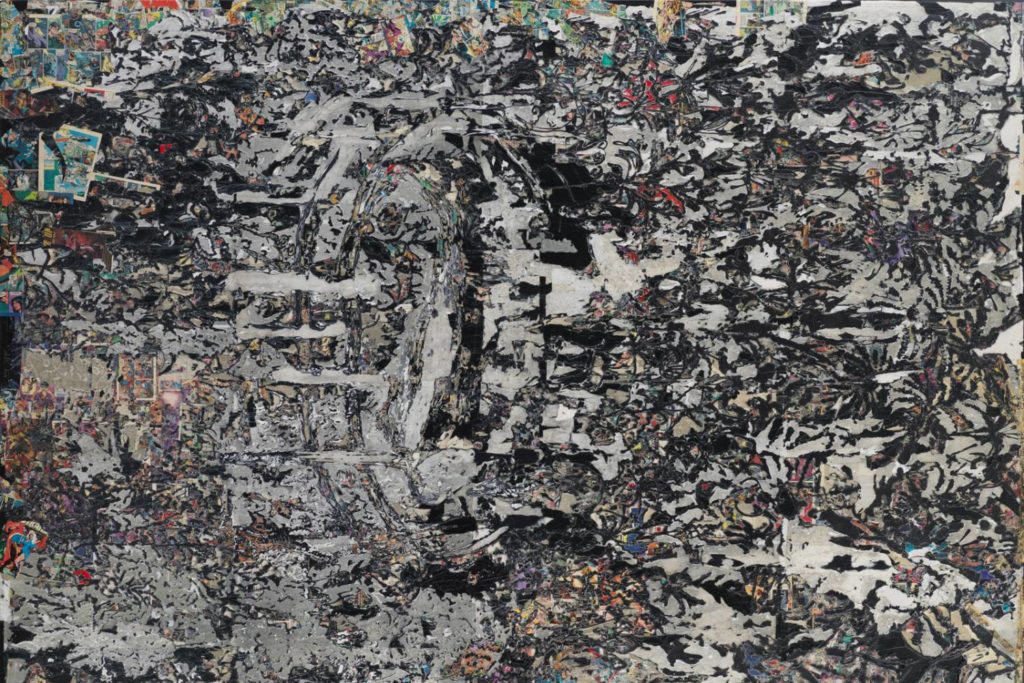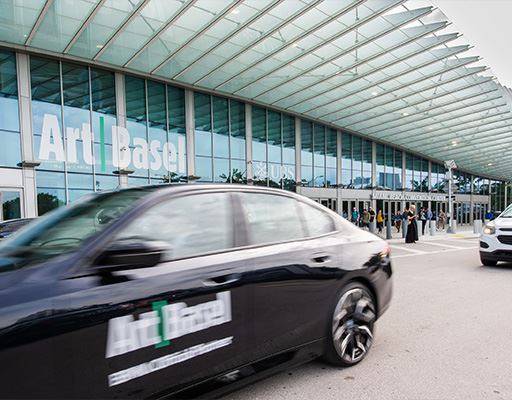First Piano
2008 - Sculpture (Sculpture)
55 x 75 x 75 cm
Katinka Bock
Like with other works of the artist, with First Piano Katinka Bock tried to go against the rules of use of clay, that is, by forcing the material to the extreme, and transferring the resulting elements into a cubic shaped volume. Thus, the resulting accumulated strata brings back the material to its very essence, the earth.
The city, the landscape and the exhibition space are Katinka Bock’s favored playgrounds. Her installations, sculptures, films and photographs question the spaces of action and representation, in their daily and political use, through the prism of aesthetics and poetry. Katinka Bock makes changes to the landscape. In « Sol d’incertitude » (2006) the artist removes (Parisian cobblestones), quotes (a history of mobility), and modifies (tar coating). These actions function as small rituals. « Das Konservat » (2003), a 3 meter high wooden fence enclosing 2500 square meters of grass, acts like a cutting in the landscape, reminiscent perhaps of the ‘temenos’ (in Ancient Greece, sacred space in open air dedicated to a god). Although Bock’s objects are visually mute, they tell stories. For the exhibition « Kanon » (La Synagogue de Delme, 2008), a drama of materials occurred; the sculptures were transformed into still lives, with a fragile monumentality. Katika Bock was born in Frankfurt am Main in 1976. She lives and works in Paris and Berlin.
Colors:
Related works of genres: » german contemporary artists
» see more

© » KADIST
Tobias Rehberger
20079’oclock (my time is not your time) pertains to a series consisting of three numbers: 5, 10 and 11 works were made for the exhibition “Signs and messages from modern life” at the Kate McGarry Gallery in 2007...

© » KADIST
Ulla von Brandenburg
2007Eight opens with a close up of a painting by Hubert Robert of the Chateau de Chamarande where the film was shot...

© » KADIST
Martin Kippenberger
1989Untitled is a work on paper by Martin Kippenberger comprised of several seemingly disparate elements: cut-out images of a group of dancers, a japanese ceramic vase, and a pair of legs, are all combined with gestural, hand-drawn traces and additional elements such as a candy wrapper from a hotel in Monte Carlo and a statistical form from a federal government office in Wiesbaden, Germany...

© » KADIST
Anne Imhof
2021Anne Imhof’s video work Untitled (Wave) creates resonances between the feminine, adoration, and immateriality, while also referring to the history of art and aesthetics, in particular the concept of the sublime...
Other related works, blended automatically
» see more

© » KADIST
Katinka Bock
2007«I will put two heavy stones in my jacket pockets that way my body will sink deep like a deflated truck tire, no one will notice», this excerpt from “Quay West” by Koltès could echo the story depicted by Katinka Bock: the shipwreck of a small boat full of stones...
Related works sharing similar palette
» see more

© » KADIST
Leslie Shows
Human Quarry is a large work on paper by Leslie Shows made of a combination of acrylic paint and collage...

© » FLASH ART
Mark Bradford "Nobody Knows the Trouble I've Seen" Hauser & Wirth / Monaco | | Flash Art Flash Art uses cookies strictly necessary for the proper functioning of the website, for its legitimate interest to enhance your online experience and to enable or facilitate communication by electronic means...
Other works by: » Katinka Bock
» see more

© » KADIST
Katinka Bock
2007«I will put two heavy stones in my jacket pockets that way my body will sink deep like a deflated truck tire, no one will notice», this excerpt from “Quay West” by Koltès could echo the story depicted by Katinka Bock: the shipwreck of a small boat full of stones...
Related artist(s) to: Katinka Bock » Aurélien Froment, » Jason Dodge, » Julien Discrit, » Laurent Montaron, » Alexander Gutke, » Alexander Schellow, » Cildo Meireles, » Guillaume Leblon, » Jorge Macchi, » Marc Bijl
» see more

© » KADIST
Guillaume Leblon
2008Puits (“Wells”) is a circle made ??of raw earth elements, at the scale of Leblon’s hands...

© » KADIST
Cildo Meireles
1975Meireles, whose work often involves sound, refers to Sal Sem Carne (Salt Without Meat) as a “sound sculpture.” The printed images and sounds recorded on this vinyl record and it’s lithographed sleeve describe the massacre of the Krahó people of Brazil...

© » KADIST
Laurent Montaron
2006This film refers directly and fictionally to one of the first media dramas: the burning of the Zeppelin aircraft LZ 129 Hindenburg as it landed in New York in 1937...

© » KADIST
Jason Dodge
2007In Algeria, Djidjiga Meffre has woven a fabric with a string, a length equal to the distance from the earth to troposphere...




_ambiance.jpg?w=500)

